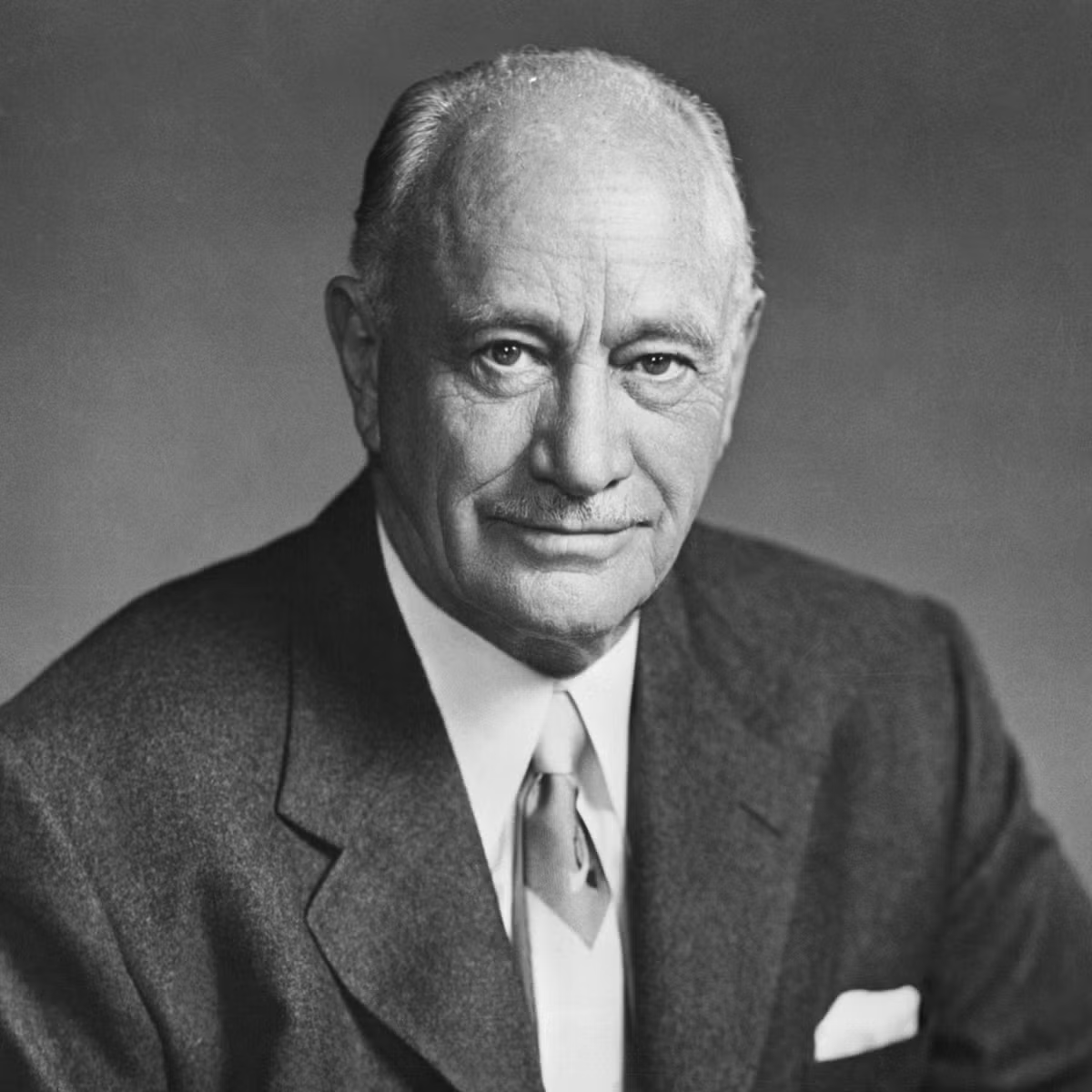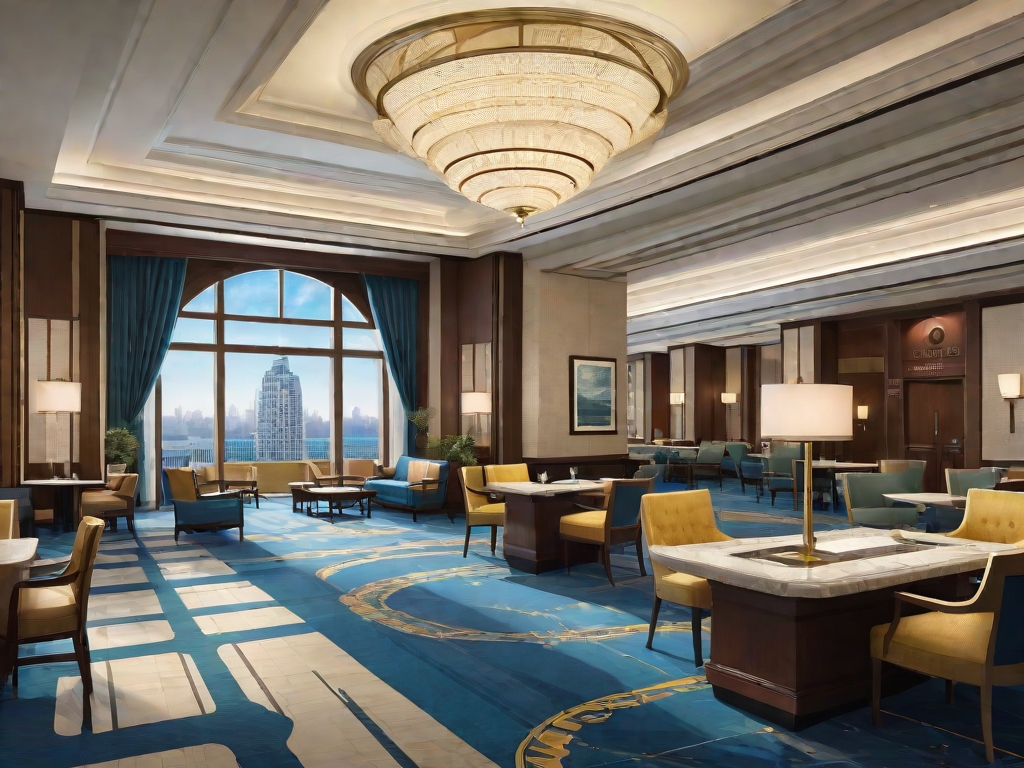The Rise, Fall, and Revival of the Hilton Hotel Empire
For decades, Hilton hotels were one of the symbols of the international hotel business. This group owned the most luxurious and prestigious hotels in New York, London, San Francisco, where celebrities and corporate leaders stayed. However, after reaching the peak of popularity in the 1960s, Hilton began to lose its influence. Due to financial difficulties, the company had to sell its hotel chain outside the US, and major competitors like Marriott and Sheraton forced it to give up its place at the top of the world hotel business. And yet, at the end of the century, thanks to a well-thought-out marketing policy, the corporation regained customer favor, proving that Hilton hotels are true to their principles and provide a unique level of service.

Together Again
On the eve of the new 2006 year, news agencies around the world spread important news that changed the balance of power in the international hotel business. The American company Hilton Hotels Corporation announced the acquisition for $5.7 billion of the British Hilton Group, which owned a network of hotels, resorts and fitness clubs in almost 80 countries. Thus, the world's largest hotel company was created, which included about 2,800 hotels with 475,000 rooms. The two parts of the Hilton group, which split up in 1964, reunited after a 40-year hiatus. According to many experts, this deal was an important step towards restoring the company's former influence in the global hotel services market. However, the merger of the two "Hiltons" is not the beginning of a long road, but the final stage of an operation to revive the international brand.
Hilton Founder

Conrad Hilton belongs to the generation of great entrepreneurs of the late 19th - early 20th centuries, who made America an economic superpower and turned American corporations into a world business elite. The son of a Norwegian immigrant, born in 1887, in 1919 he founded his business, spending the money he inherited from his father to buy a small hotel in Cisco, Texas. Resourceful, able to attract and ingratiate customers, Hilton quickly achieved prosperity and in 1926 opened a new hotel, naming it after himself. During the Great Depression, Conrad Hilton nearly went bankrupt, but managed to stay afloat and by 1934 already owned a network of five hotels in Texas. In 1938, he first went beyond his home state, acquiring the Sir Francis Drake Hotel in San Francisco.
Conrad Hilton always strived to be first. He constantly built or acquired hotels, supplied them with his name sign and provided the highest, "brand" quality service. At the same time, under Hilton's leadership, he understood not only the continuous expansion of the business, but also the degree of its innovation. Throughout his life (he died at seventy-nine, living to be 91 years old), Conrad Hilton improved service standards, invented his own or applied already known progressive business management tools. So, in 1946, he was the first hotel owner to issue shares of his company on the stock exchange, thus obtaining funds for further expansion.

After World War II, the United States became the world leader, and American business began its triumphal march around the world. European countries, the Middle East, East Asia were flooded with American businessmen and tourists. Focusing on traveling Americans, in 1948 Conrad Hilton built his first hotel outside the United States in Mexico City. Global expansion began with the opening of the Hilton in Madrid in 1953. By the mid-1960s, the company had built 16 luxurious hotels in different countries around the world that were a true embodiment of America, a place where traveling Americans felt at home. At their service there were: English-speaking staff, hamburgers with fries and other "delicacies" of American cuisine, air conditioners and direct phones for international calls in the rooms. Hilton hotels were built in a deliberately modern style and stood out sharply against the backdrop of the ancient centers of Athens and Istanbul, Jerusalem and Cairo. Even in major Western European cities, they successfully played the role of symbols of American power and technical superiority. For example, the London Hilton became the first building in the city to exceed the height of St. Paul's Cathedral bell tower. At the same time, Conrad Hilton continued to expand in the United States.
In the 1950s and early 1960s, he acquired several famous hotels, including the Mayflower in Washington, the Palmer House in Chicago, the Plaza and the Waldorf-Astoria in New York, and the Flamingo in Las Vegas. In addition, Hilton came up with the idea of airport hotels - the first such institution appeared in San Francisco in 1959.
The 1950s - early 1960s were the heyday of Hilton. However, the implemented projects required huge funds, and in the early 1960s the company's debts spiraled out of control. The group was on the verge of bankruptcy. Conrad Hilton had to make painful cuts. In 1964, he separated the international Hilton chain - the pride of the company, which brought it worldwide fame - by founding Hilton International and selling it to outside investors (though it was headed by Hilton's son Conrad Hilton Jr.). Subsequently, this company changed hands more than once until it was bought by Ladbrokes in 1987 - the largest British gambling syndicate, later renamed Hilton Group. And in 1966, the reins of power were assumed by his second son, William Barron Hilton.
Recalling how accelerated expansion almost drowned the family business, he was the first among the owners of prestigious hotel chains to focus on franchising.
By obliging the franchisee to maintain a guaranteed high level of service, provide guests with certain services and maintain the interior of the rooms at a level corresponding to established standards, the company, as a rule, built hotels with its own money, choosing locations for them, and then sold them to franchisees or leased them out. However, this activity gained wide scope only in the 90s, and until that time, the development of American Hilton was not so rapid. While the British Hilton Group, changing hands along the way, acquired a network of international resorts, health clubs and casinos, its relative structure in the US slowly expanded its franchise network and made targeted acquisitions. Nevertheless, the company remained true to its innovation strategy. In 1973, it implemented the first guest information system in the history of the global hotel industry - Hiltron, which allowed customers to remotely obtain information about room availability in its hotels and clubs and book them together with transportation tickets. The efficiency of the system was so high that it worked for 26 years and was only replaced in 1999 by the more modern Central Reservations System (CRS), or Hilstar. Unfortunately, innovative solutions had almost no impact on the company's profits. In 1990, it amounted to only $99 million with an annual income of $514 million, and 44% of earnings came from the Las Vegas Hilton and Flamingo Hilton located in the world capital of gambling. Of the more than 200 hotels owned by the company, over 125 were franchised. They operated under the Hilton Inn brand and were designed mainly for the middle class. Of course, the company's brand was still widely known in the world, but for the most part it was just a glimmer of past glory.
Bigger and Better
The globalization of the world economy in the 1990s, accompanied at first by an economic upswing in the United States, awakened Hilton from its slumber. In 1996, the aging William Barron Hilton handed over the post of CEO to Stephen Bollenbach - an experienced manager who had previously held senior positions at Marriott and Disney. It was Bollenbach who set the company the ambitious goal of restoring Hilton's former fame and influence.
The first step towards Hilton's revival in the late 1990s was a whole series of acquisitions, which culminated in the $3.7 billion purchase of Promus Hotel Group in 1999. The latter owned more than 1,000 mid-range hotels under the Hampton Inn, DoubleTree, Embassy Suites and other brands. In addition, the construction of new hotels was sharply accelerated: in 2003-2004, the network expanded by 40-50 facilities per year due to this. Thanks to this activity, in 2005 the Hilton company already had about 2,300 hotels. However, Stephen Bollenbach's main focus was on a large-scale marketing campaign that was supposed to reaffirm Hilton's reputation.
Global Brand Trans form ation
Office and Lobby Trans form ation
For Those Who Wander
Revital izing Mid-Range Hotels
Testing Boosts Satisf action
Expan ding Resort Offer ings
Enha ncing Resort Experi ence
Promo ting Hilton Resorts
This policy proved successful. In 2003, a year after the launch of the program, the unit's revenues grew by 8%, while the industry as a whole experienced a 5% decline.
The Foot of the Summit
However, Hilton's successes in promoting sub-brands were to some extent devalued by the fact that the main brand lagged behind. As Hilton President and Chief Operating Officer Matt Hart self-critically noted, the obsession with mid-range hotelsb "put the Hilton brand itself, which was not getting proper attention, in a risky position."
Of course, it cannot be said that the company did not engage in its core business at all in the early 21st century (after acquiring Promus, over 60% of the company's profit came from mid-range hotels). In 2002-2003, as usual, Hilton slowly and methodically developed a new image that would best meet the desires and perceptions of the target audience. The result of this research was a series of commercials that appeared in 2004. According to Robert Dirks, Hilton's Senior Vice President of Brand Management, the campaign slogan “Take Me to The Hilton” means the following: take me to a heavenly place where no one can find me and where I can really relax. Business travelers were offered a slightly different idea: Hilton is a hotel where every guest is treated specially, but at the same time their privacy is respected.
According to Hilton management, the problem was that the hotels no longer matched their star image. To solve it, in mid-2005 the company approved a three-year $500 million program to renovate about 240 Hilton hotels in the US. It is expected that about 50 of them will be sold to new owners, about 70-80 will be put into operation by the end of 2006, and more than 100 will undergo major renovations, after which they will offer guests a new service program, new beds and bathroom interiors, as well as improved telephone, mobile and Internet connectivity.
“Our concept is to make guests feel as comfortable as at home,” says Jeff Diskin, Senior Vice President of Brand Management. In its marketing policy, Hilton, as in the best of times, relies on repeat visitors. The company proceeds from the premise that a satisfied client who liked living in its hotel will return to it more than once. The corporate loyalty program Hilton HHonors Worldwide, which now covers all the company's hotel chains, also serves this purpose.
In the opinion of many experts, the merger at the end of 2005 of the American and British "branches" will help strengthen the Hilton brand. The British managers, who preserved the traditions of Hilton's luxurious international hotels, gained access to the resources of the American corporation and got rid of non-core gambling assets. Obviously, in the coming years, a new wave of Hilton expansion in Europe can be expected, where, according to experts, no more than 20% of hotels belong to any chains, and the remaining 80% exist on their own and are unlikely to be able to oppose anything to the aggressive onslaught of an established international brand.
